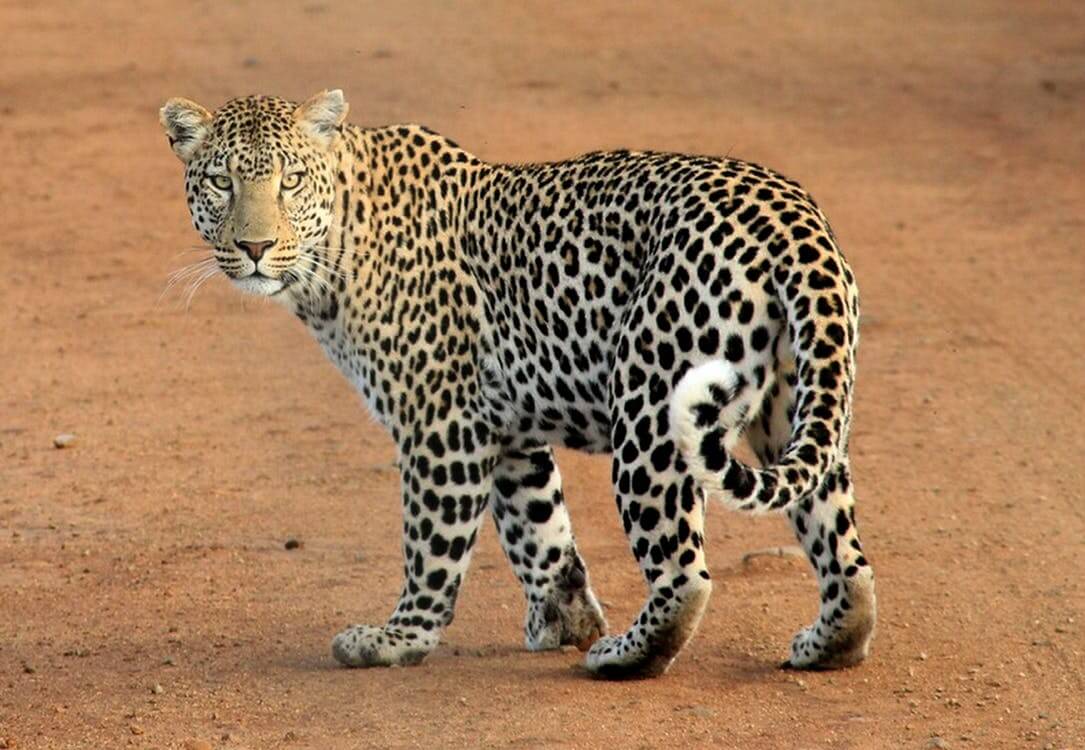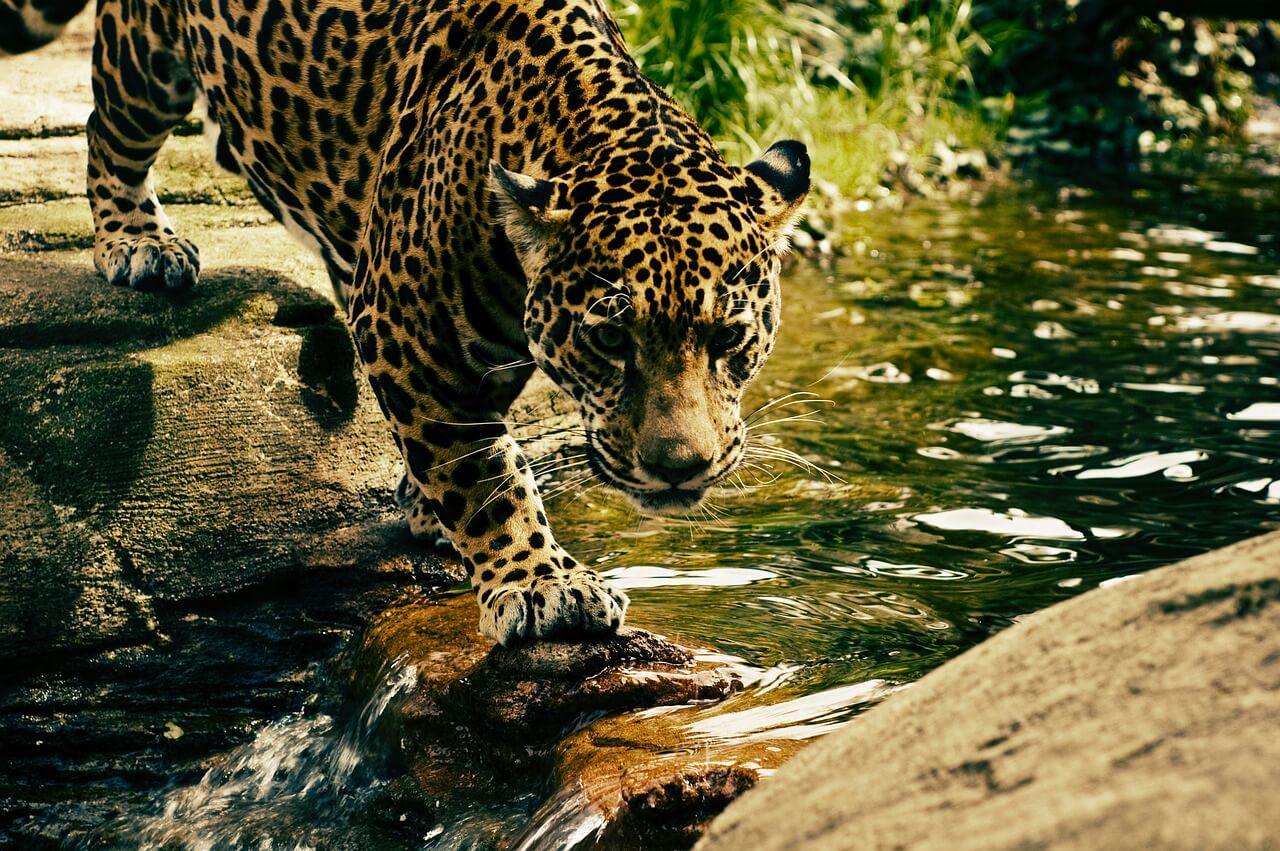Business
Cambodia’s leopards are on the brink of extinction
The rampant illegal wildlife trade across Cambodia has been jeopardizing the leopard population, with only one leopard existing in every 40 square miles.

The illegal wildlife trade is a business worth more than $19 billion. Because of its lucrativeness to violators, it continues to proliferate and is robbing countries of potential sources of wealth. Among these deprivations is a vibrant safari-viewing destination.
Citing the Nations World Tourism Organization, the National Geographic said wildlife tourism accounts for four-fifths of total travel sales to Africa annually. Wildlife-viewing safaris are the most visited. Some countries such as Kenya and Tanzania hold on to these tourist destinations as they contribute about 12 percent and 17 percent of GDP, respectively.
The practice is also jeopardizing some countries like Cambodia where relentless poaching activities threaten leopards and may soon join its relatives like the Caspian Tiger and the Cave Lion—the big cats which ThoughtCo stated have been wiped out in the face of the earth amid man’s invasion to their ecological habitats.
In a report from Khmer Times, a study published in the Royal Society Open Science journal last month stated that the last breed of the wild cat in the Southeast Asian country are fighting for survival, and the rapid rise of poaching activities in the country is pushing these leopards to extinction.
Conducted by a group of researchers steered by Oxford University’s Wildlife Conservation Research Unit, along with wild cat conservation group Panthera, the report noted that the leopards’ population, the last in all of Cambodia, Laos and Vietnam—the eastern Indochina countries—has fallen by 72 percent in five years, putting them at “immediate risk.”
To put this in context, there exists only one leopard in every 40 square miles. The study said this concentration level is among the lowest in the history of Asia.

Bushmeat poaching and illegal wildlife trade are causes for the downfall of Cambodian leopards. (Source)
Factors in the leopards’ downfall
The study found that the prevalence of poaching for bushmeat and illegal wildlife trade is mainly to blame. Prey decline due to bushmeat poaching and habitat loss due to people’s encroachment to their territories are also other factors contributing to the leopards’ slow annihilation.
“No longer can we, as an international community, overlook conservation of this unique wild cat,” Panthera Southeast Asia leopard program coordinator Dr. Jan Kamler said. He also urges people to help in reducing the rampant poaching of the “gorgeous big cat.”
The study also discovered that a wild species of cattle named banteng is the leopards’, particularly the males’, main prey. It may weigh up to 800 kilos or 1,760 pounds. This means the Indochinese leopards were the lone breed in the world capable of hunting down on prey weighing more than 500 kilos, which is already over five times the average leopard’s body mass.
Researchers theorized that the disappearance of tigers in the region in 2009 may have prompted the wild cats to scout for an alternative—this being banteng.
Saving the population
Panthera and the Wildlife Conservation Research Unit are set to boost efforts in ensuring that laws on protecting these animals are implemented.
To offset this decline in the region, The Independent reported that Cambodia’s Environment Ministry has started to build partnerships to import tigers from India, and the country’s government and its World Wildlife Fund may release in the Srepok Wildlife Sanctuary in Mondulkiri province about eight tigers by 2022.
In the same report from The Independent, the Indochinese leopard is projected to be included in the IUCN Red List of Threatened Species later this year. Only about 1,000 reproductive adult Indochinese leopards exist in Southeast Asia.

-

 Biotech6 days ago
Biotech6 days agoChai Discovery Becomes a Unicorn with $130 Million Series B to Accelerate AI-Driven Drug Design
-

 Africa2 weeks ago
Africa2 weeks agoMorocco Allocates 1.3 Billion Dirhams to Boost Startup Ecosystem Under Digital 2030 Strategy
-

 Crypto1 week ago
Crypto1 week agoAAVE Community Challenges Aave Labs Over Governance and Control
-

 Crowdfunding6 days ago
Crowdfunding6 days agoDeep Learning Italia Launches €400K Crowdfunding to Bridge Italy’s Tech Skills Gap


























You must be logged in to post a comment Login